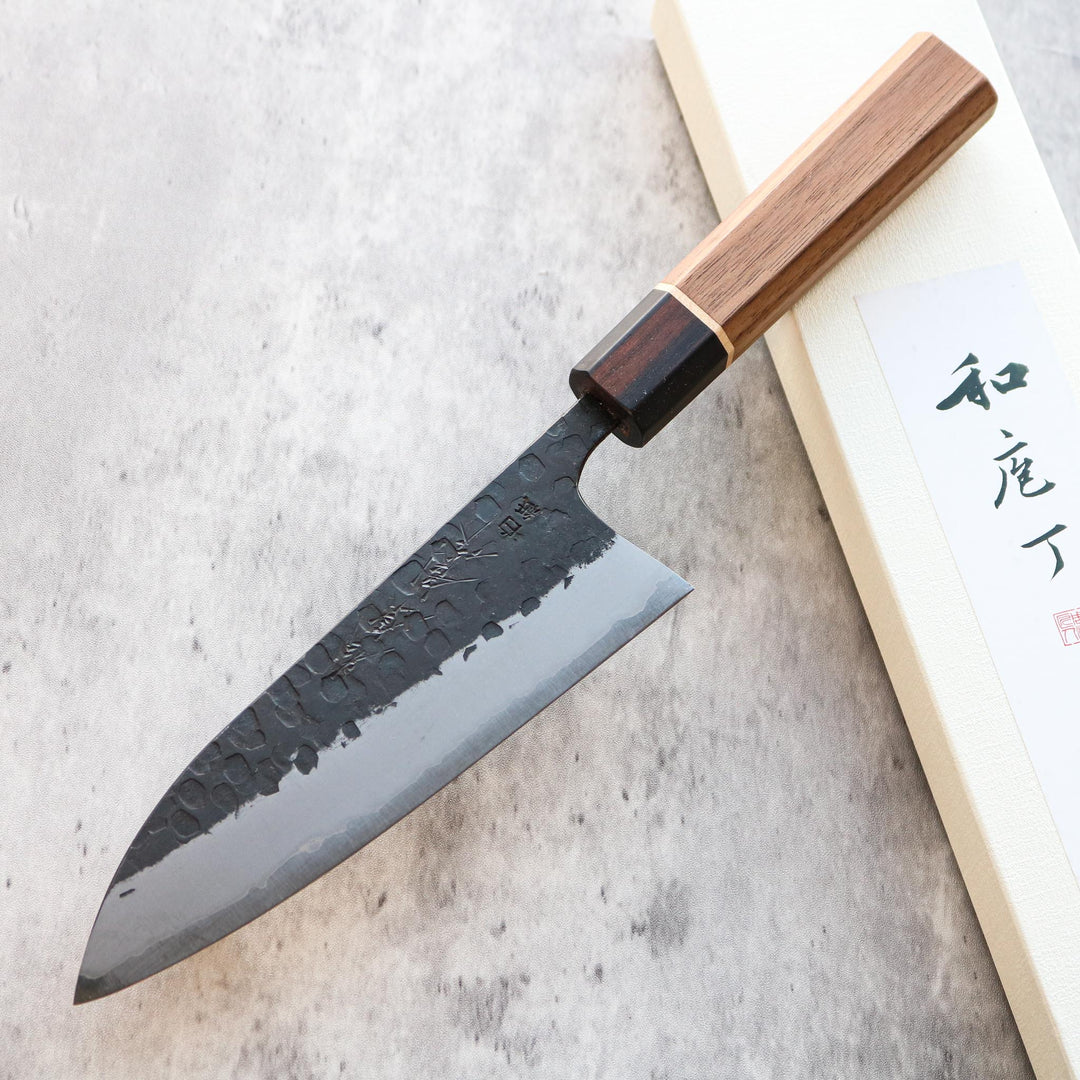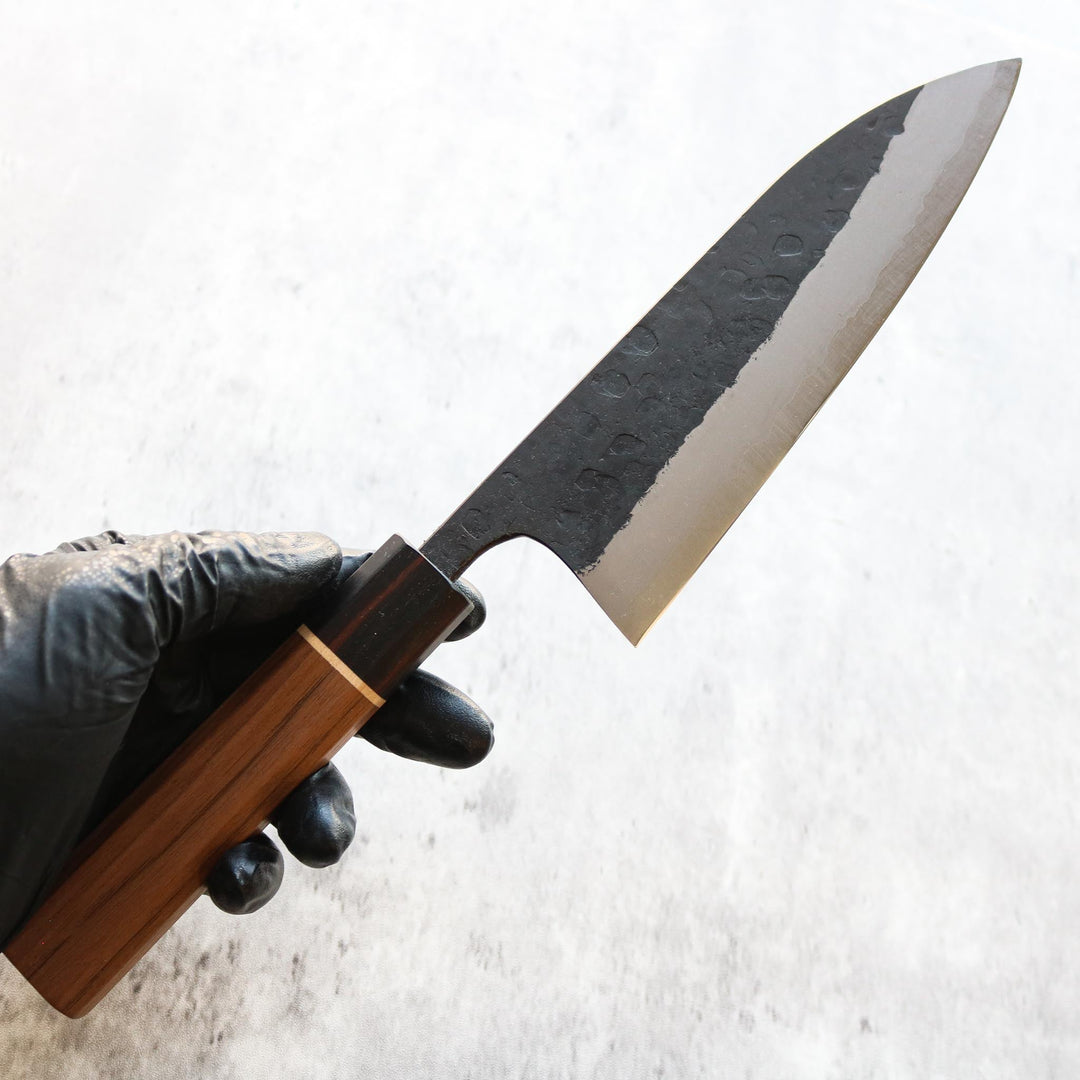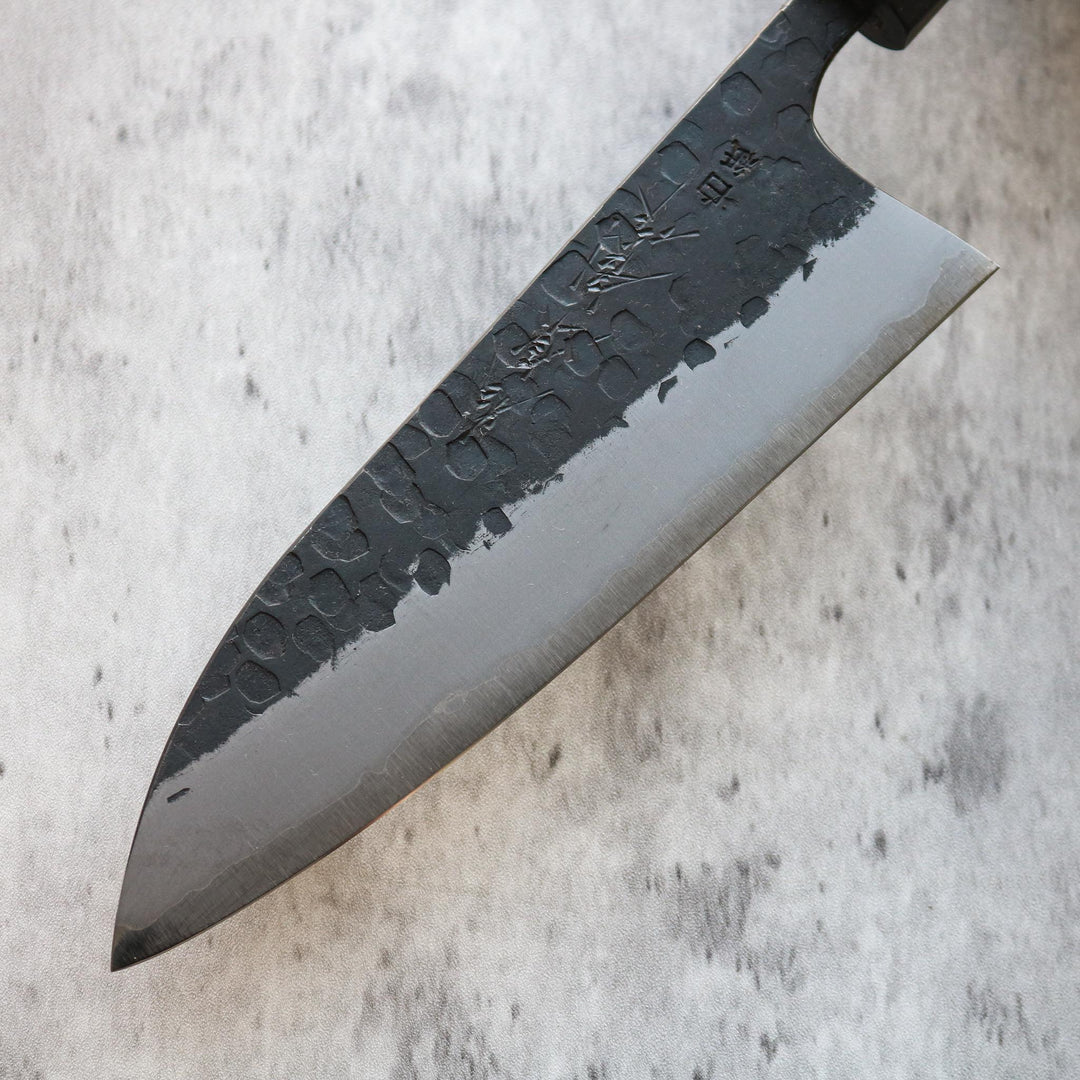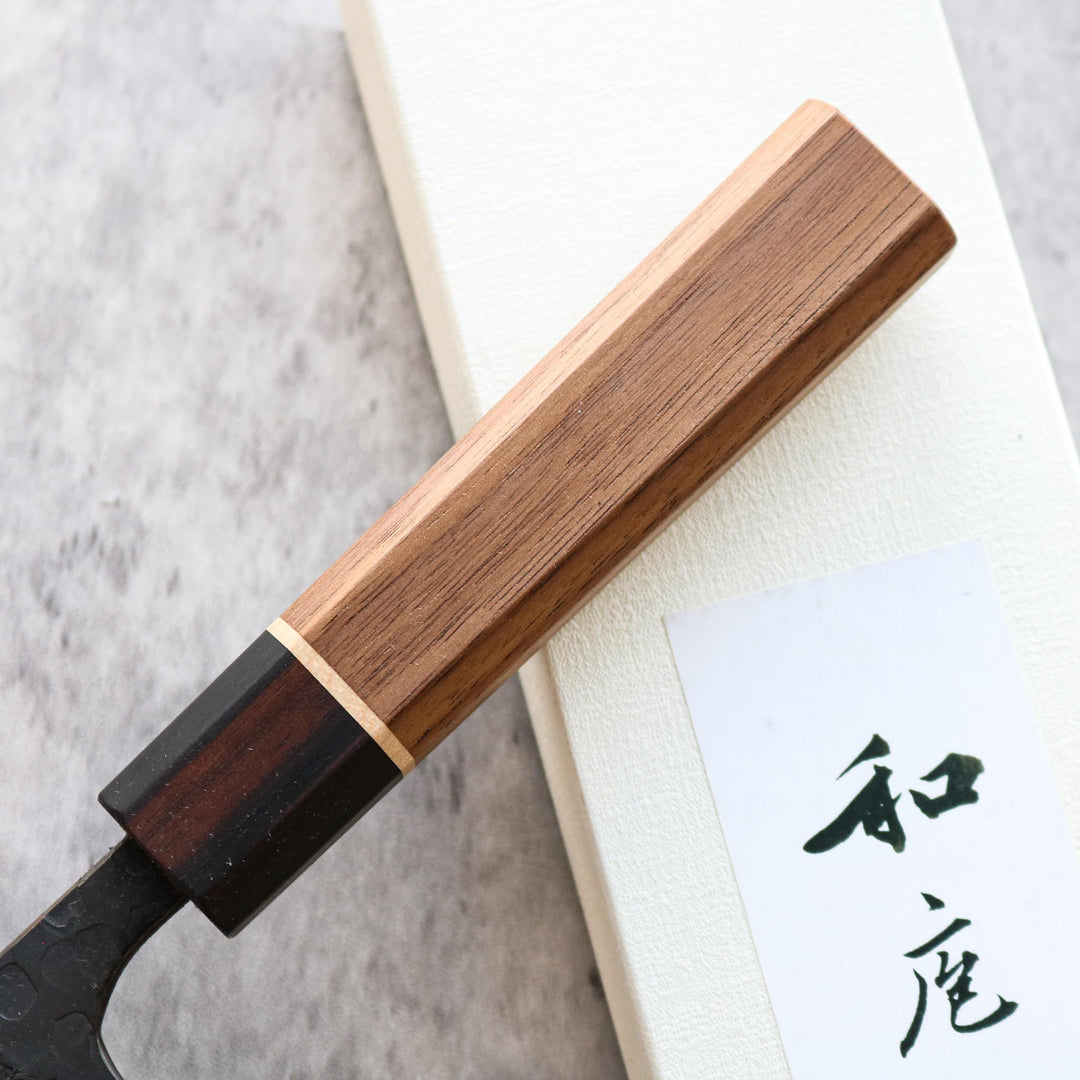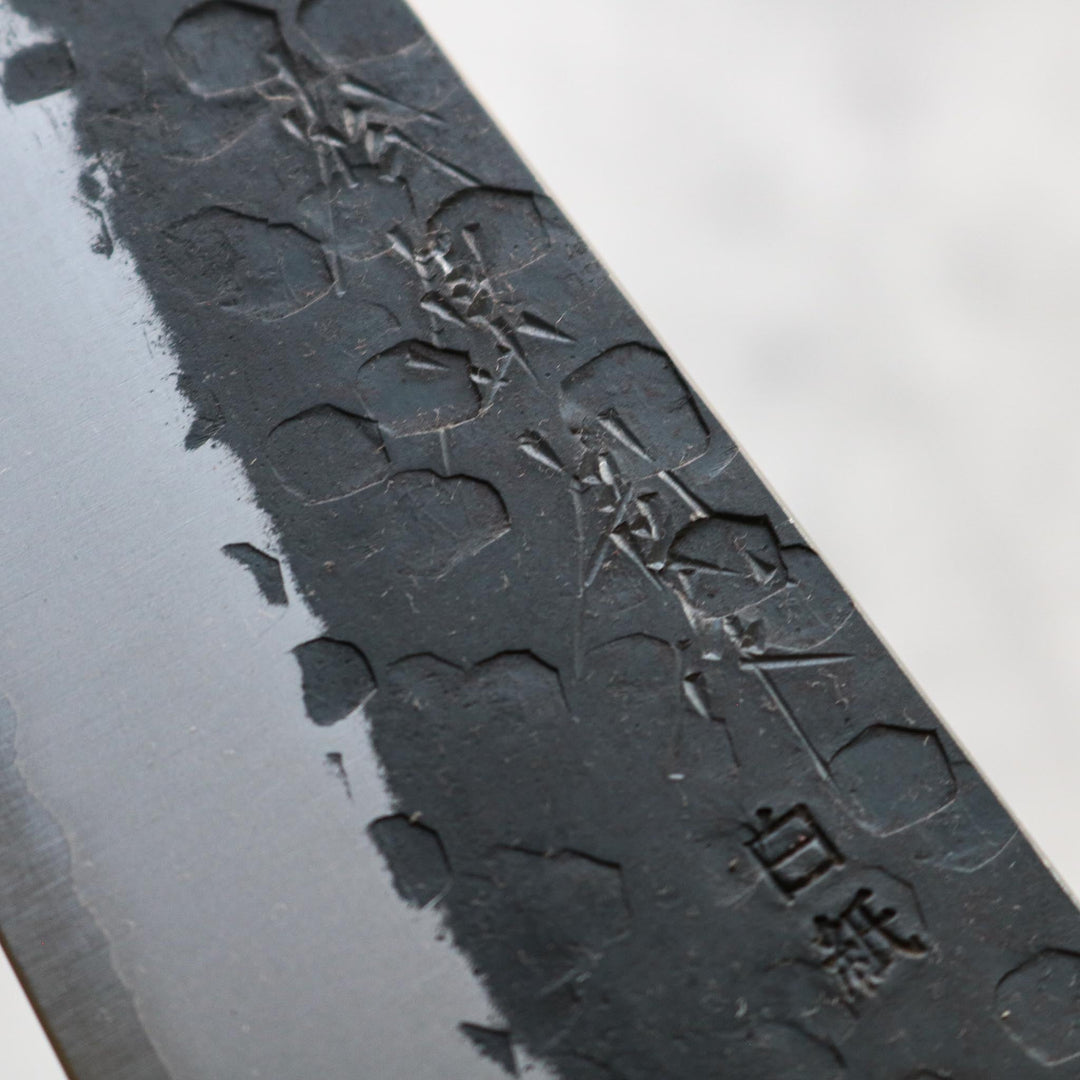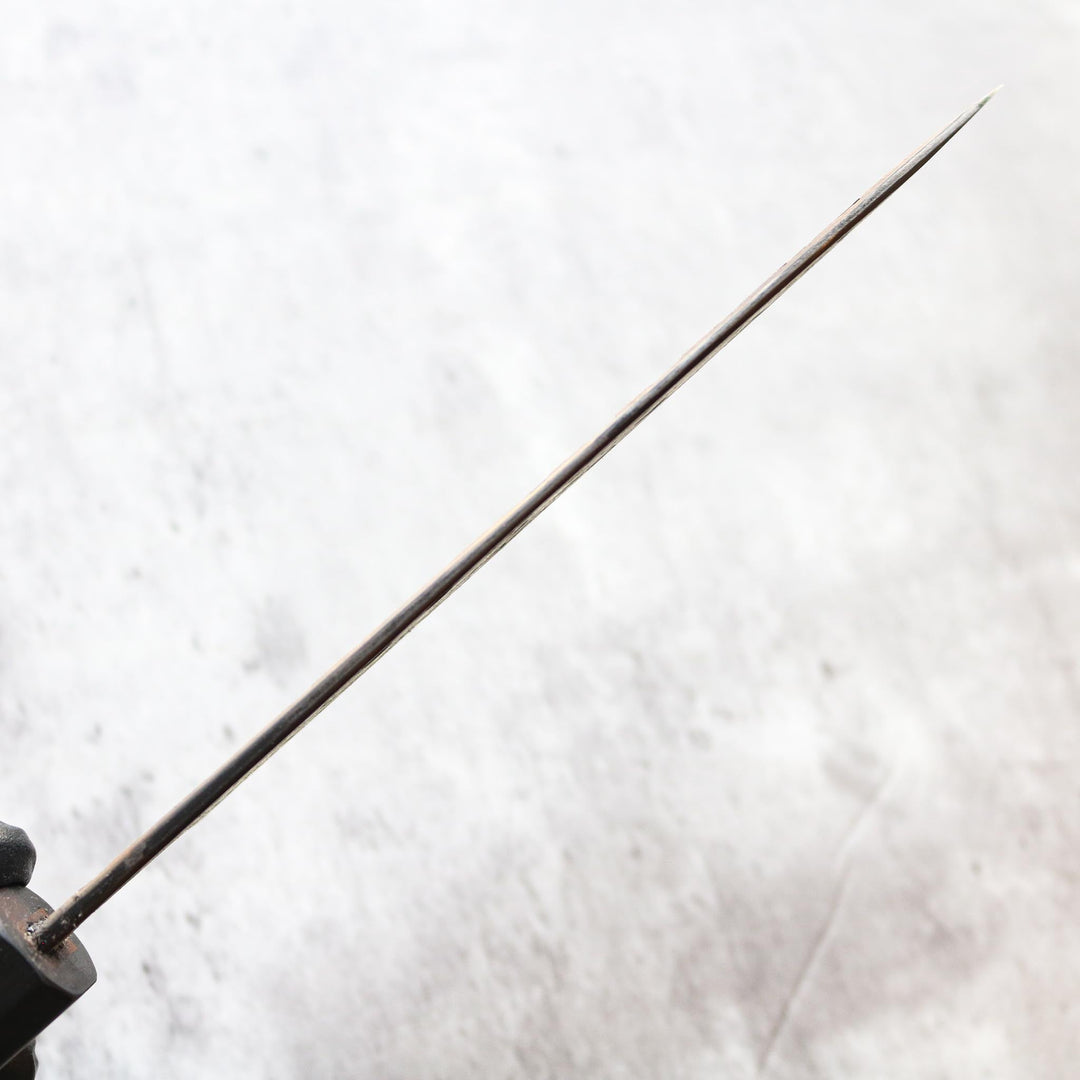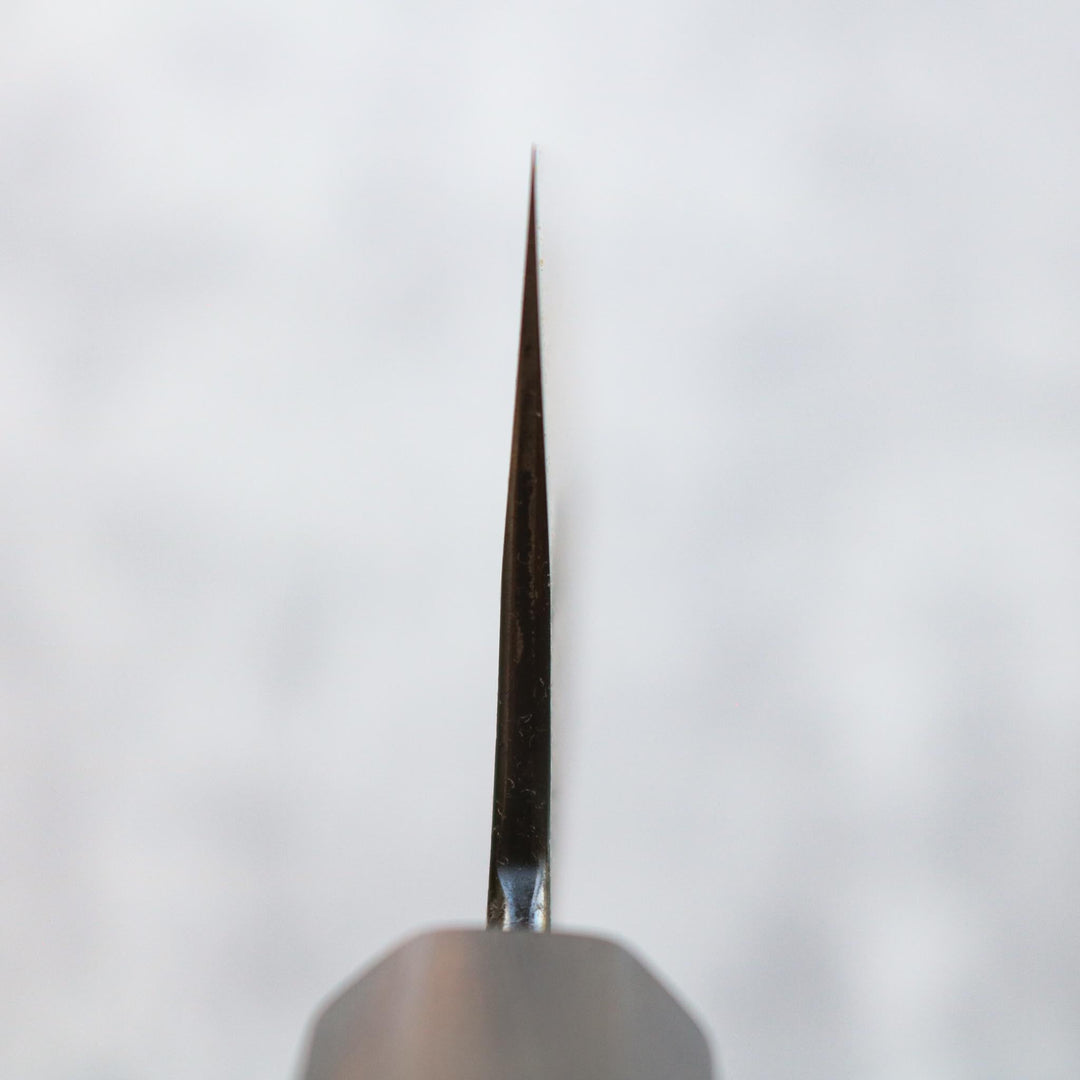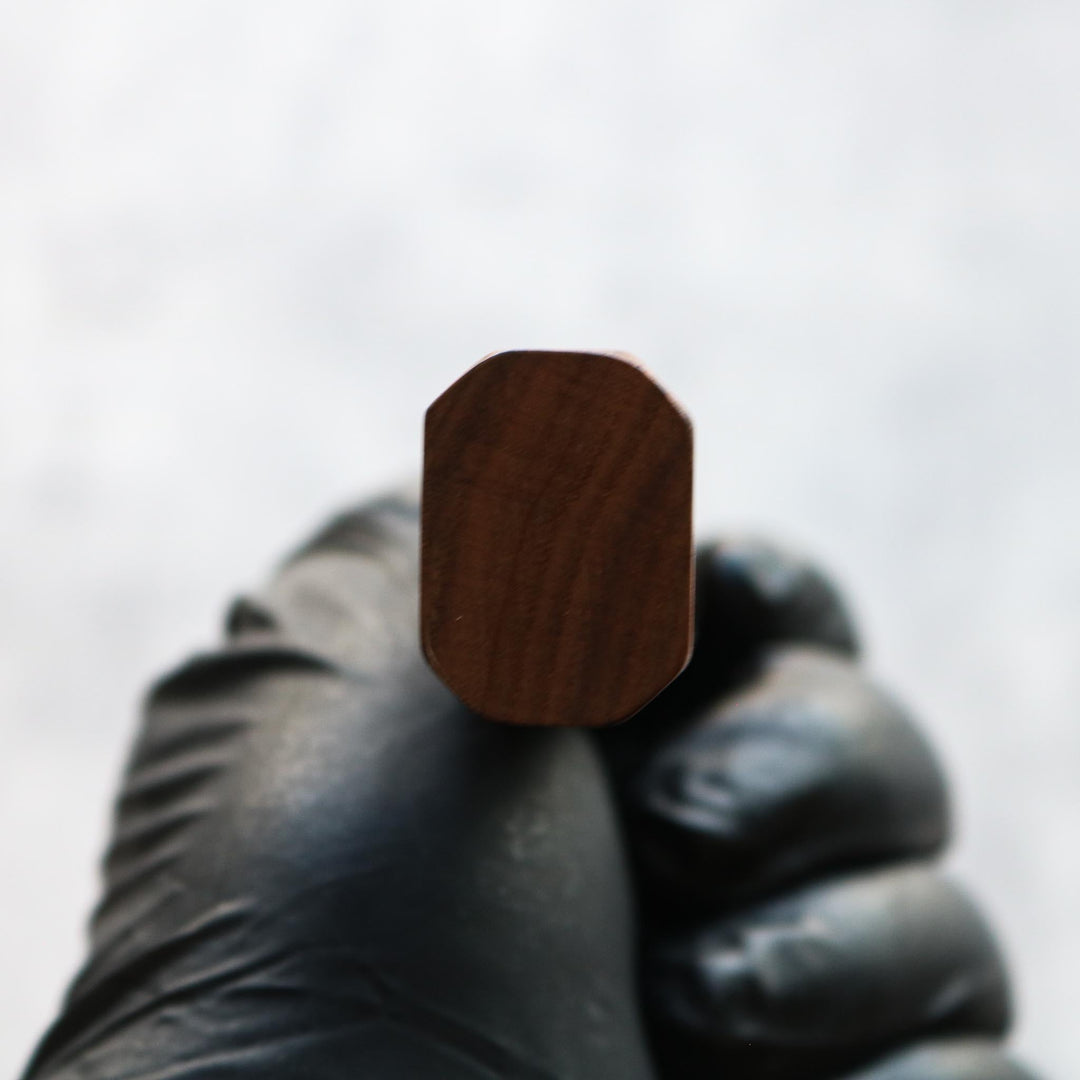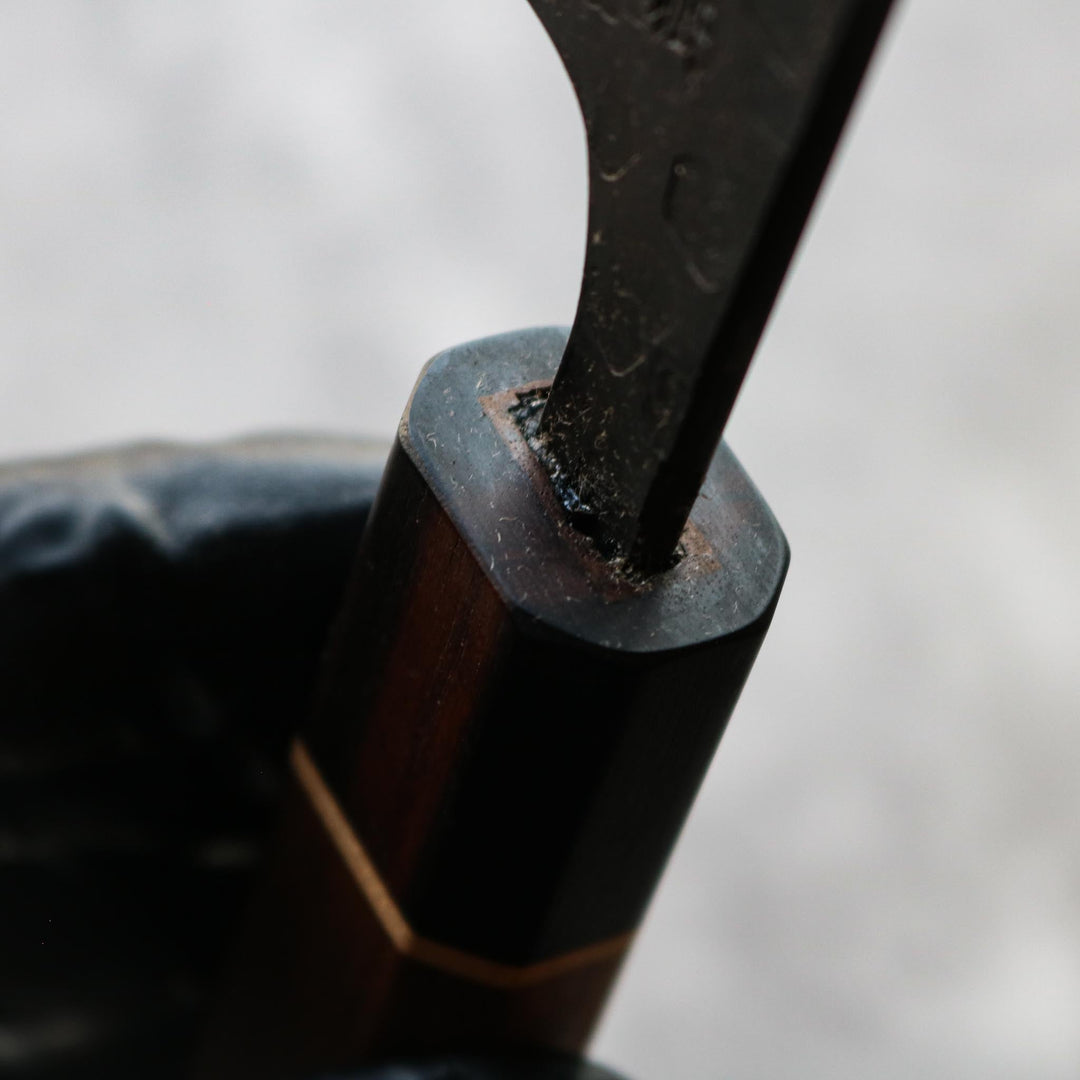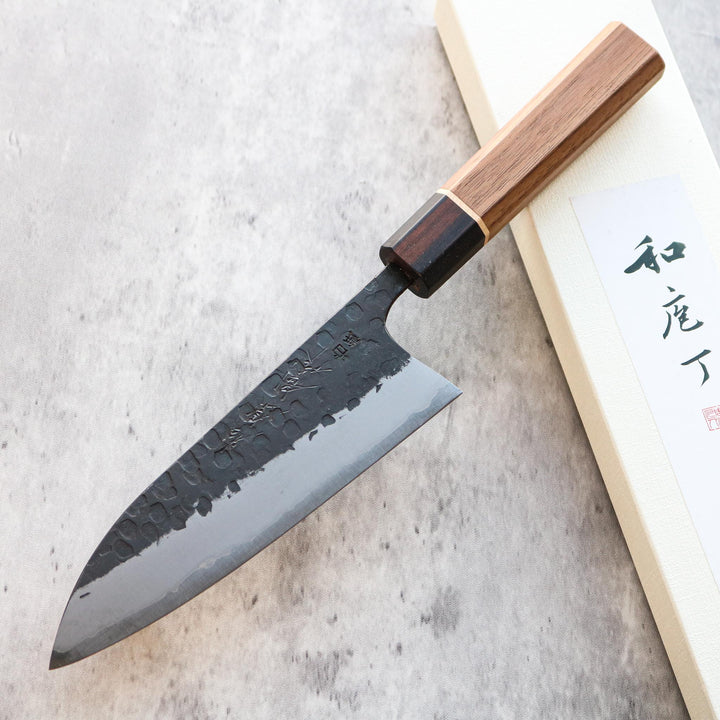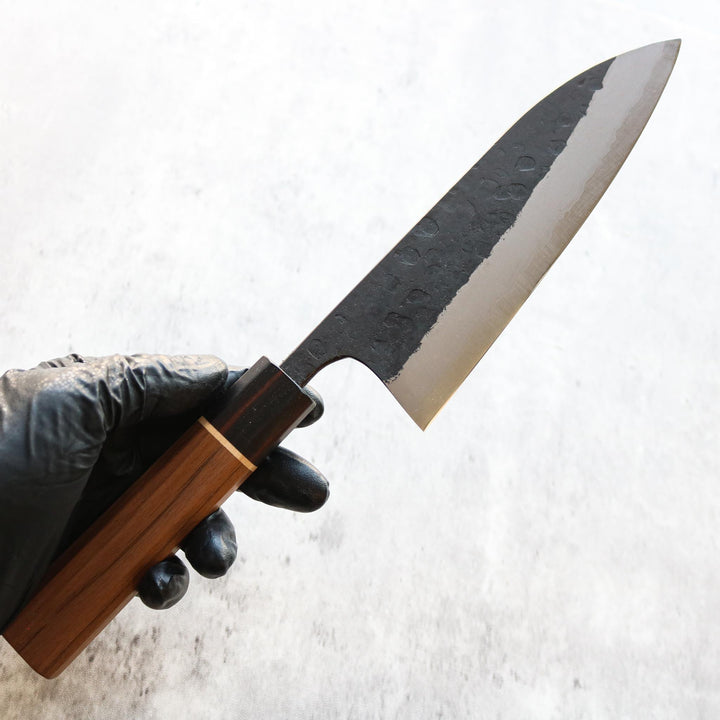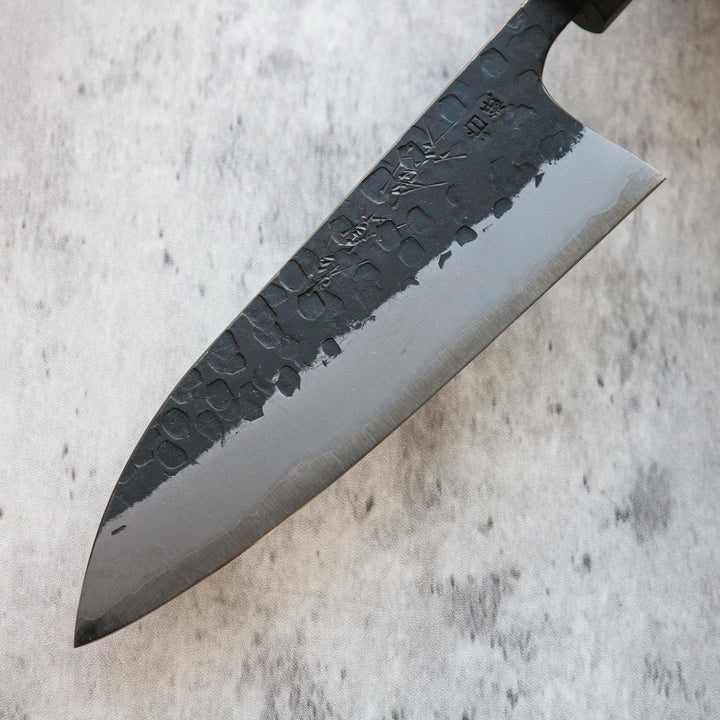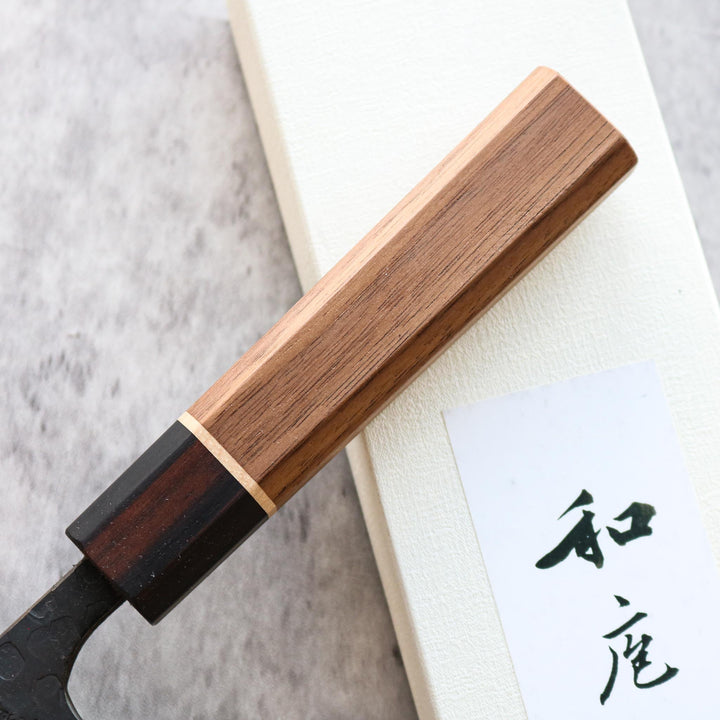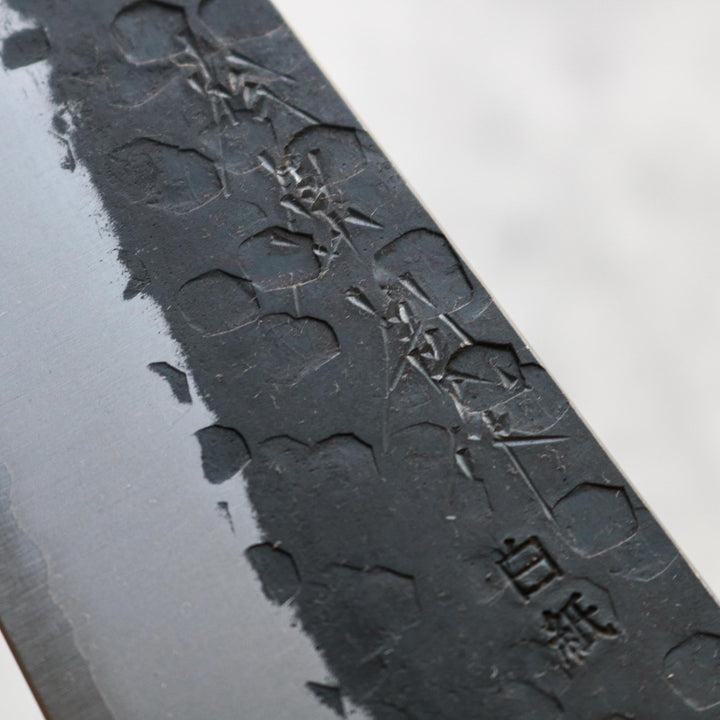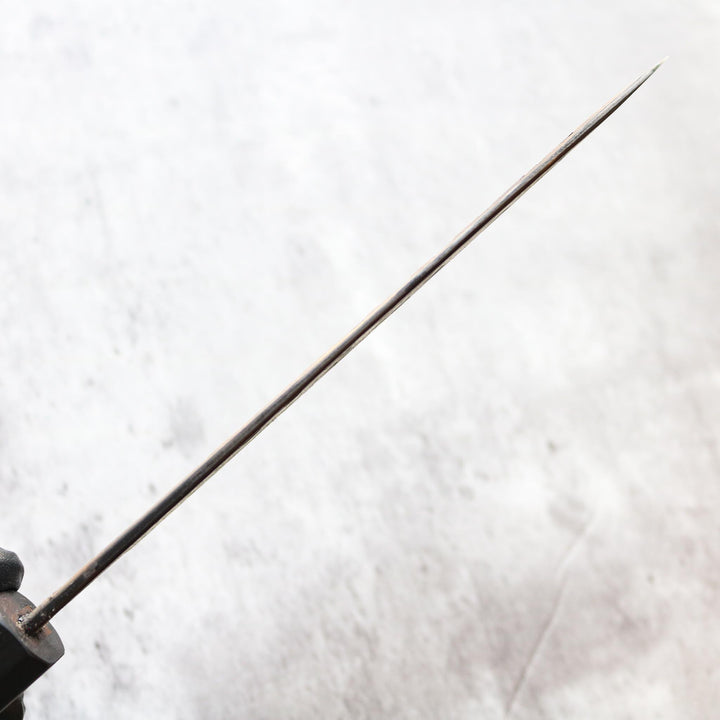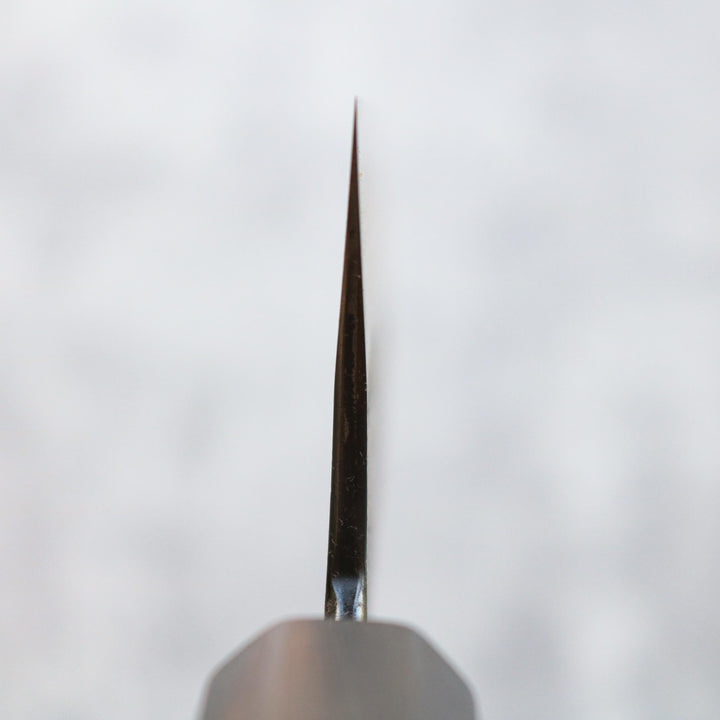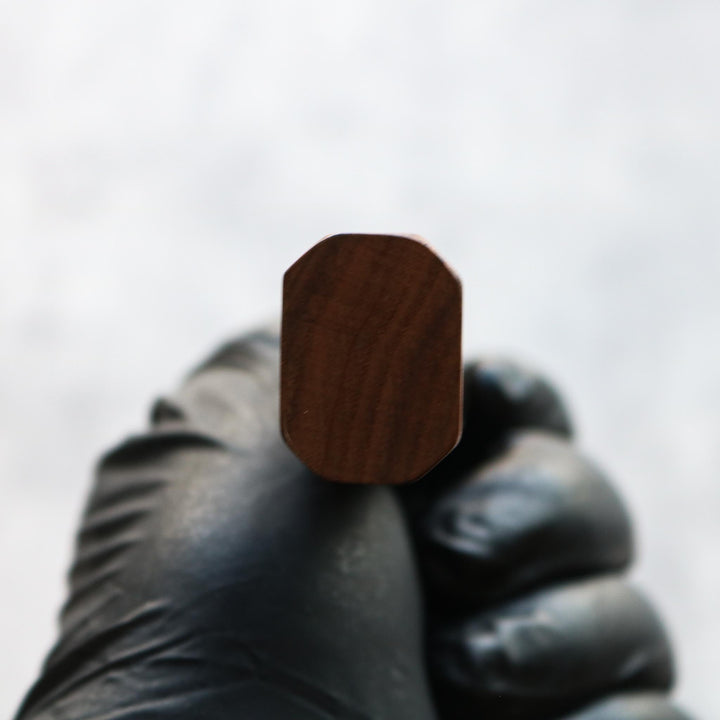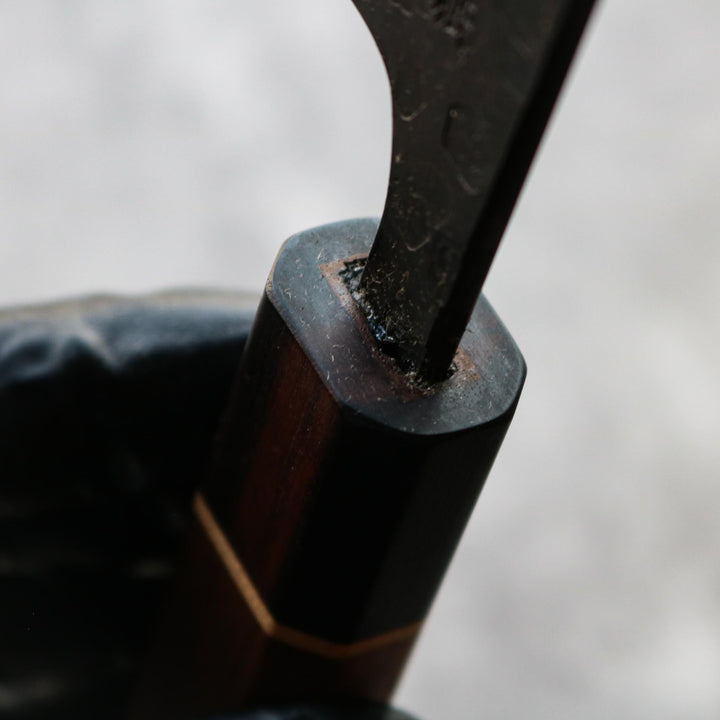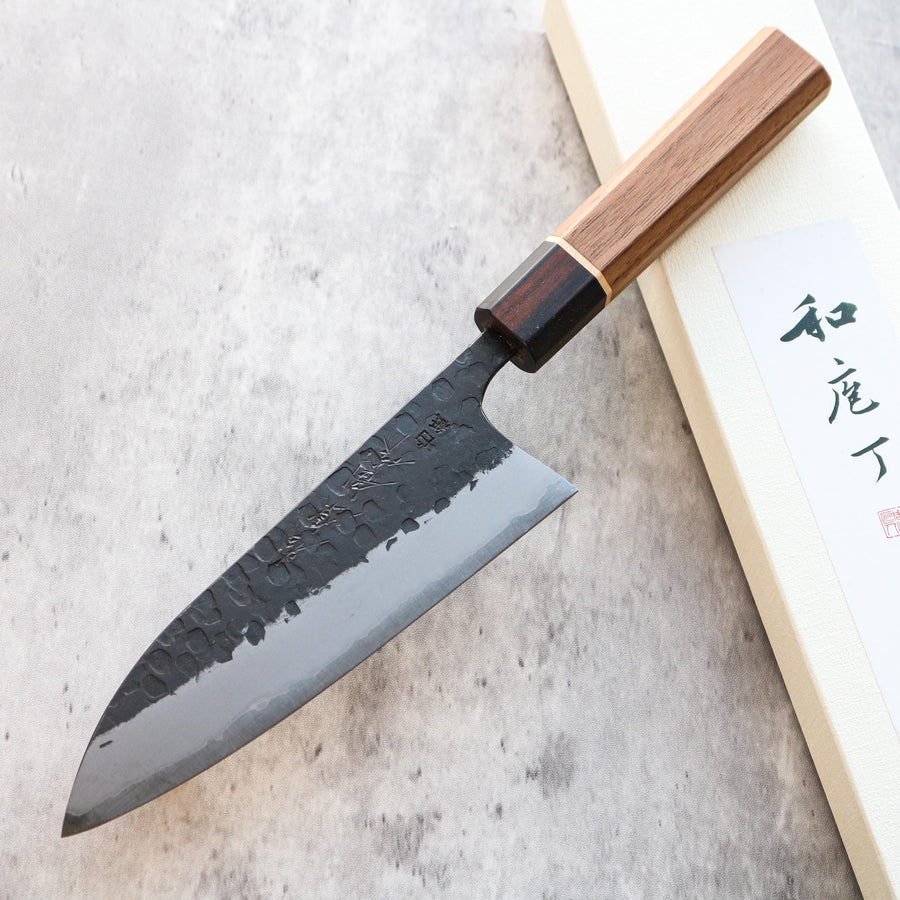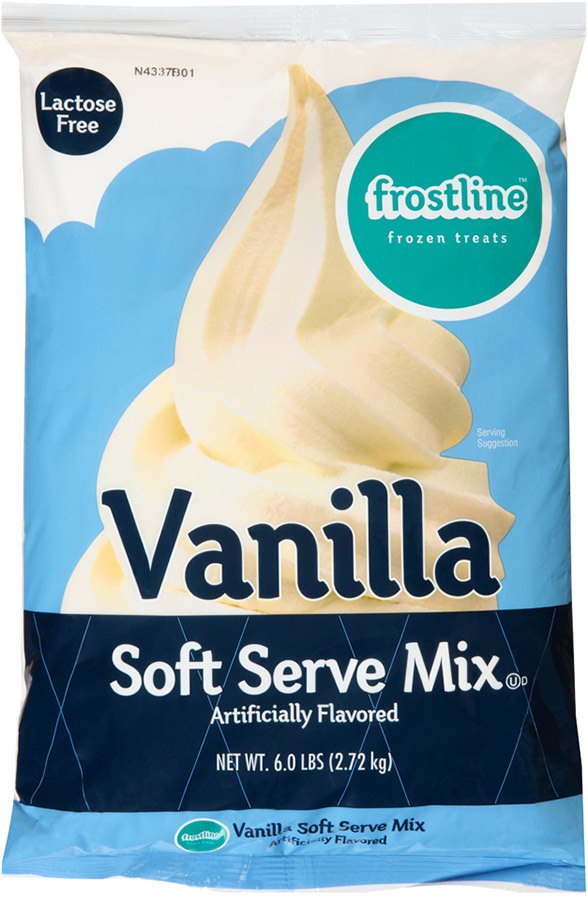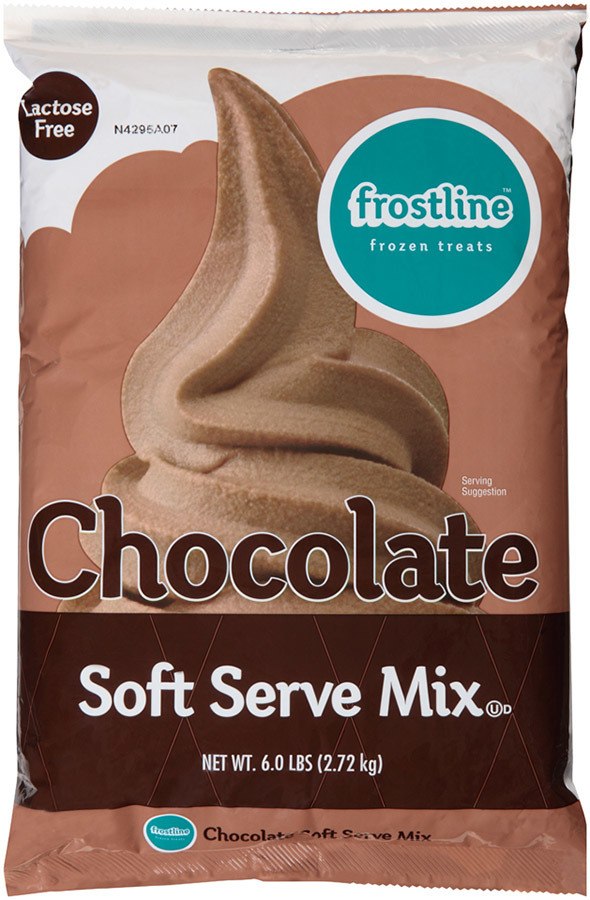| Blade Length | 170 mm |
| Total Length | 320 mm |
| Steel | Shirogami (White #1) Stainless clad |
| Handle | Walnut |
| Ferrule | Ebony W/Maple Liner |
| Rockwell | 64 |
| Height Spine to heel | 53 mm |
| Width at Spine | 3.5 mm |
| Weight | 169 grams |
| Bevel | Double (50/50) |
The Blacksmith
Tanaka Kama Kogyo is the current head blacksmith and owner of Matsubara Hamono and he along with his wife, son, mother and two other employees work together to produce their amazing knives. Tanakak-san is a very experience bladesmith and began his journey into knife making at only 20 years on in 1982. He and his team create beautiful and high performing knives that are sought after for their amazing heat treatment and tall blades.
Matsubara Hamono is a long standing knife company that can trace it's roots back as far as 1185 when an ancestor of the shop Master Yukiyasu Namiohira joined the Taira clan as a sword maker. The Taira clan was defeated by the Minamoto clan during the battle of Dannoura but Naminohira-san was able to escape and flee to Hyuga (Modern day Miyazaki prefecture) to continue his craft. During the civil war period at the end of the 15th century to the end of the 16th century, Swords were in high demand and the descendants of Naminohiro-san were busy supplying various Daimo with these blades. It was during this time that one of these descendants moved to Matsubara from Hyuga and in addition to making swords started to make sickles for farmers.
The Shape
The Gyuto is the Japanese equivalent to the western style chef’s knife and is without question the most versatile knife shape. It ranges in size from 180 mm (7 inches) to 240 mm (10 inches), making it longer than the Santoku and Bunka. This length makes it adept at handling almost any task you'll come across in the kitchen, from mincing small ingredients to chopping through larger fruits and vegetables. The longer the knife, the more time it will take to grow accustomed to its length, but the more versatile it will be.
- This knife is made from 3 layers of steel using a technique called Sanmai (Forge welding). It involves laminating a piece of Carbon steel with two pieces of Stainless steel giving the knife all the benefits of the carbon steel (Edge retention, ease of sharpening, cutting feel) and the Ease of Maintenance from Stainless steel. 2-3 millimeters of the carbon steel is exposed at the edge of the knife and is susceptible to rust and discouloration if not properly maintained.
- Simply Wipe the knife with a damp cloth immediately after use to keep it from rusting or discouloring.
- Never put your knife in the Dishwasher. The extreme heat will ruin the wooden handle.
- Highly acidic ingredients (Onions, Tomatoes, Citrus) Will cause rust and oxidation to happen faster, thus the user must ensure the knife is wiped clean immediately after working with such an ingredient.
- Should any rust form it can be removed using a rust eraser or a mixture of Baking soda and water to simply scrub it clean.


